Table of content
Introduction
Jujubes, also commonly known as Chinese dates or red dates, are a staple in traditional Chinese medicine and cuisine. Their sweet and slightly tangy flavor, combined with their nutritional benefits, makes them a popular choice for both health-conscious individuals and culinary enthusiasts. However, with the myriad of jujube varieties and quality levels available in the market, discerning the best from the rest can be a daunting task. This comprehensive guide aims to equip you with the knowledge and skills necessary to identify high-quality jujubes, ensuring that you get the most out of your purchase.
Understanding Jujube Varieties
Before diving into the specifics of quality assessment, it’s crucial to understand the different types of jujubes available. The most common varieties include:
-
Hong枣 (Red Dates): These are the most widely recognized and consumed jujubes. They are characterized by their bright red color, sweet taste, and firm texture. Hong枣 are often used in traditional Chinese medicine and cooking.
-
Hei枣 (Black Dates): As their name suggests, Hei枣 have a darker hue, often a deep purple or almost black. They tend to be sweeter and more moist than Hong枣, making them ideal for desserts and snacks.
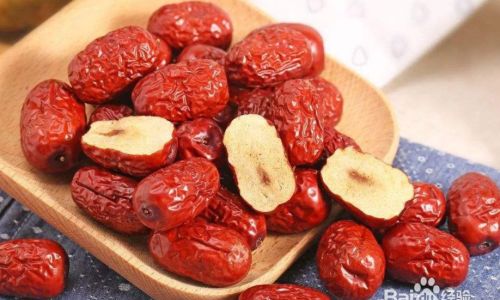
-
Long枣 (Long Dates): These jujubes are elongated in shape, hence their name. They are known for their tender texture and sweet-tangy flavor, making them suitable for both eating raw and cooking.
-
Yuan枣 (Round Dates): Round in shape, Yuan枣 are typically smaller than other varieties. They have a rich, sweet flavor and are often used in dried form for making teas and soups.
-
Jin枣 (Golden Dates): These jujubes have a golden-yellow hue and are less common than the aforementioned varieties. They are highly valued for their unique sweetness and are often used in premium desserts and teas.
Each variety has its unique characteristics and uses, so choosing the right one depends on your specific needs and preferences. However, regardless of the variety, the criteria for assessing quality remain largely consistent.

Visual Inspection: Appearance Matters
The first step in discerning the quality of jujubes is visual inspection. Here’s what you should look for:
Color
- Brightness and Uniformity: High-quality jujubes should have a bright, even color. Avoid those with dull or faded hues, as they may indicate old age or improper storage.
- Variety-Specific Color: Ensure that the color matches the expected hue for the variety you are purchasing. For instance, Hong枣 should be a vibrant red, while Hei枣 should have a deep purple or black color.
Shape and Size
- Consistency: Look for jujubes that are uniform in shape and size. Irregular shapes or sizes can indicate poor cultivation practices or handling.
- Variety-Specific Shape: Each variety has a distinct shape. For example, Long枣 should be elongated, while Yuan枣 should be round.
Texture
- Firmness: High-quality jujubes should be firm to the touch, with a slight give when pressed. Overly soft or mushy jujubes may be past their prime or improperly stored.
- Moisture: The surface should not be too wet or sticky, as this can indicate excessive moisture content or mold growth.
Surface Features
- Smoothness: The skin of the jujube should be smooth and free of cracks, wrinkles, or spots. These imperfections can be signs of old age, pests, or diseases.
- Cleanliness: Ensure that the jujubes are free of dirt, debris, or other contaminants. This indicates good handling practices during harvest and processing.
Olfactory Assessment: The Power of Smell
After visual inspection, the next step is to use your sense of smell to assess the quality of the jujubes. Here’s what you should look for:
Aroma
- Sweetness: High-quality jujubes should have a sweet, pleasant aroma. Avoid those with a sour, musty, or moldy smell, as they may be spoiled or of poor quality.
- Intensity: The aroma should be intense but not overwhelming. A faint or barely noticeable smell may indicate that the jujubes are old or have lost their flavor.
Freshness
- Lack of Off-Odors: Any hint of off-odors, such as those associated with rot, fermentation, or chemicals, should be a red flag. Fresh jujubes should smell clean and natural.
Taste Testing: The Ultimate Judge
While visual inspection and olfactory assessment can provide valuable insights, nothing beats taste testing when it comes to discerning the quality of jujubes. Here’s how to do it:
Sweetness and Tanginess
- Balance: High-quality jujubes should have a balanced sweetness and tanginess. They should not be overly sweet or too tangy, as this can indicate improper ripening or processing.
- Depth of Flavor: The flavor should be deep and rich, with a slight hint of caramelization. This indicates that the jujubes were allowed to ripen fully on the tree.
Moisture and Texture
- Juiciness: When bitten into, high-quality jujubes should release a small amount of juice, contributing to their overall mouthfeel. Dry, fibrous jujubes may be old or have been improperly dried.
- Chewiness: The flesh should be chewy but not too tough. It should have a slight give when chewed, followed by a soft, melting texture.
Aftertaste
- Lingering Sweetness: A good jujube should leave a lingering sweetness in your mouth after eating. This indicates a high concentration of natural sugars and a well-balanced flavor profile.
Checking for Quality Indicators: Beyond the Basics
In addition to visual, olfactory, and taste assessments, there are several other indicators that can help you discern the quality of jujubes:
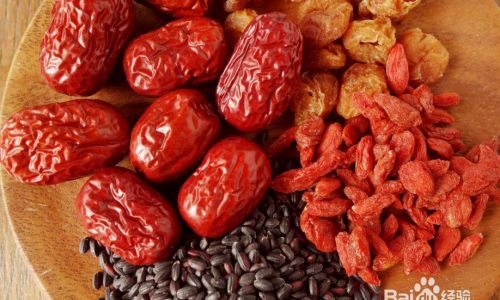
Origin and Cultivation Practices
- Geographical Indication: Jujubes from certain regions are known for their superior quality. For instance, jujubes from Hebei Province in China are highly regarded for their sweetness and texture.
- Organic Certification: Look for organic certification if you prefer jujubes that are free from chemical fertilizers, pesticides, and other synthetic inputs.
Harvesting and Processing
- Timing: Jujubes should be harvested at the peak of ripeness to ensure optimal flavor and nutritional content. Early or late harvesting can affect the quality.
- Drying Methods: Proper drying is crucial for preserving the quality of jujubes. Look for those that have been sun-dried or air-dried, as these methods retain more natural flavors and nutrients.
Packaging and Storage
- Packaging Integrity: Ensure that the packaging is intact and free of tears, punctures, or other damage. This prevents moisture, pests, and contaminants from entering.
- Storage Conditions: Check the packaging for information on recommended storage conditions. High-quality jujubes should be stored in cool, dry places to maintain their freshness.
Expiry Date
- Freshness Guarantee: Always check the expiry date or best-before date on the packaging. Avoid purchasing jujubes that are close to their expiry, as they may have lost flavor and nutritional value.
Conclusion: Making an Informed Choice
Discerning the quality of jujubes involves a combination of visual inspection, olfactory assessment, taste testing, and checking for quality indicators. By following the guidelines outlined in this comprehensive guide, you can ensure that you purchase high-quality jujubes that deliver on flavor, nutrition, and overall satisfaction. Remember, the key to making an informed choice is to be observant, ask questions, and trust your senses. Happy jujube hunting!


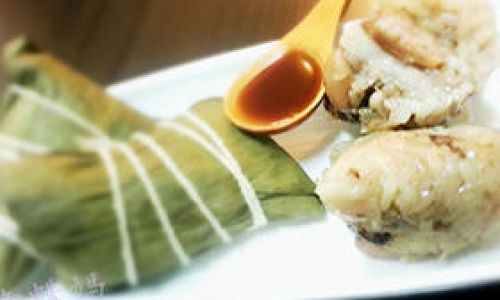
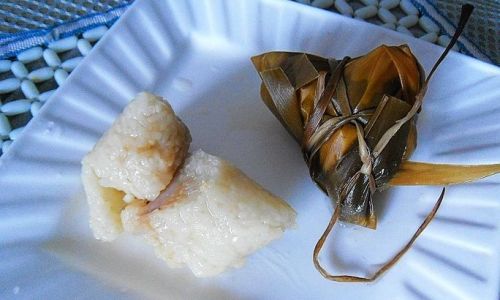
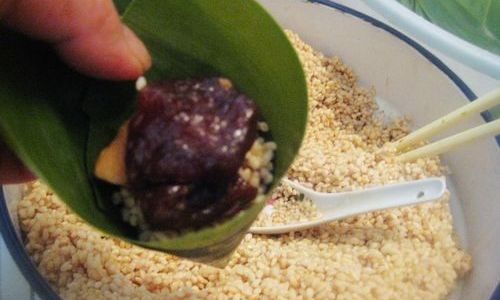
0 comments